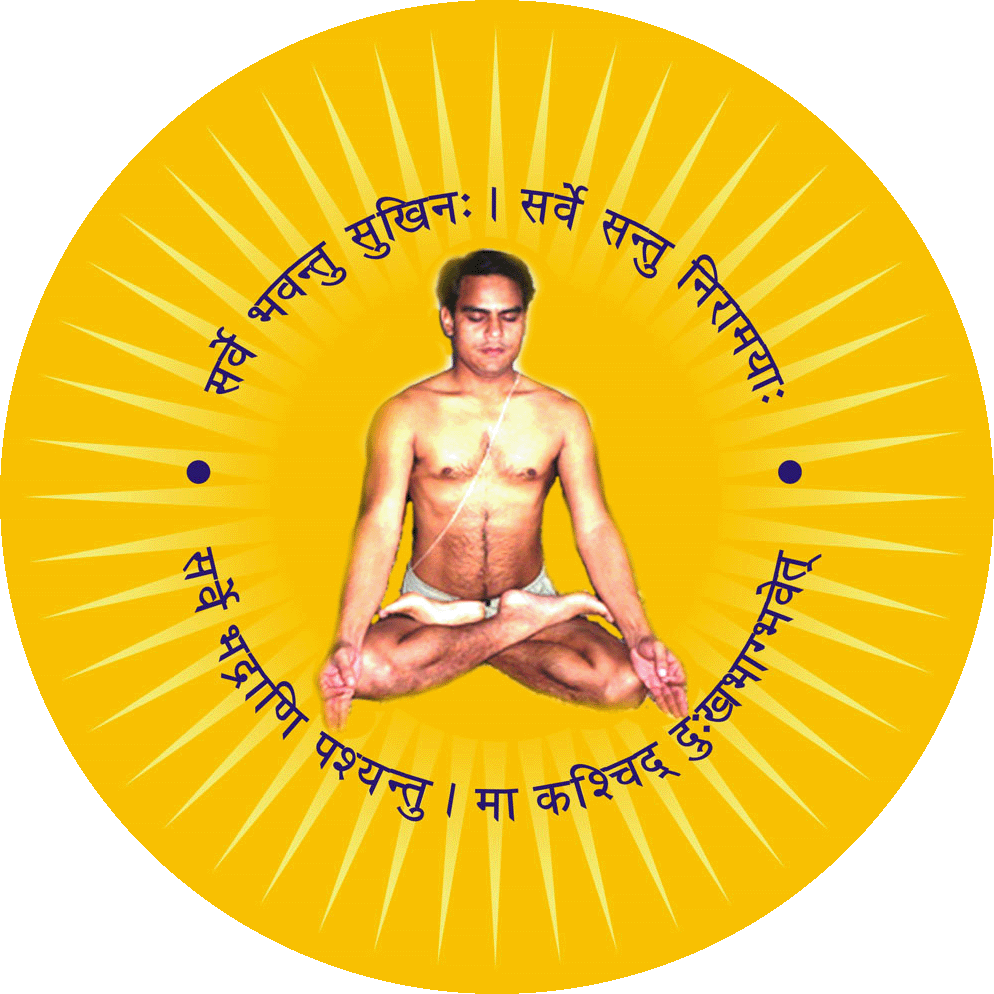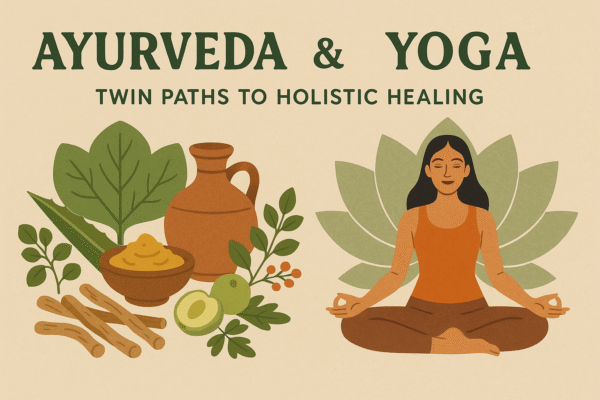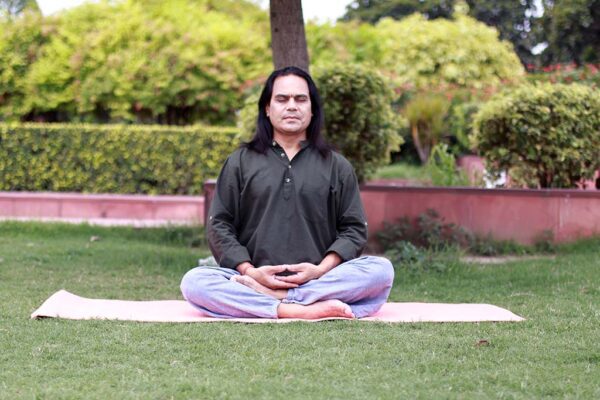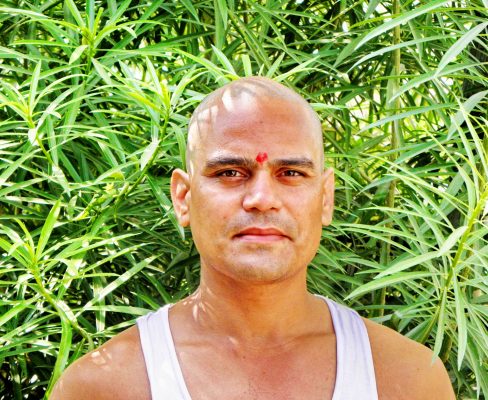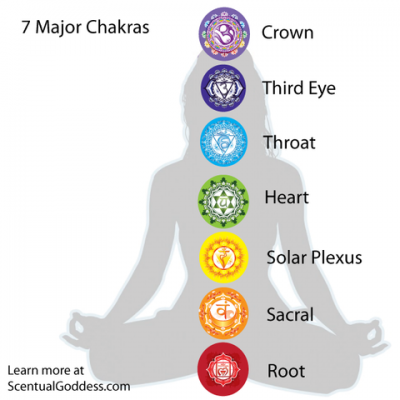Yoga is more than just a workout. In India, yoga has been a way of life for thousands of years — a holistic practice that unites the body, mind, and spirit. The word Yoga comes from the Sanskrit root Yuj, meaning “to unite” or “to join.” It is the union of the individual self (Jivatma) with the universal consciousness (Paramatma).
Today, the world knows yoga as a wonderful way to stay fit and stress-free. But in our tradition, yoga is a complete science — it includes physical postures (Asanas), breathing techniques (Pranayama), meditation (Dhyana), and ethical living (Yama and Niyama).
In this guide, we will explore how to do yoga step-by-step — from preparing your body and mind, to learning the different techniques, to making it a lifelong practice.
1. Understanding Yoga Before You Begin
Before rolling out your mat, it’s important to know what yoga truly is.
The Eight Limbs of Yoga (Ashtanga Yoga) — by Maharishi Patanjali
- Yama – Moral disciplines (truth, non-violence, non-stealing, moderation, non-possessiveness)
- Niyama – Personal disciplines (cleanliness, contentment, discipline, self-study, surrender to the divine)
- Asana – Physical postures
- Pranayama – Breath control
- Pratyahara – Withdrawal of senses
- Dharana – Concentration
- Dhyana – Meditation
- Samadhi – Union with the self
In modern life, most people start from Asana and Pranayama, but yoga is a journey towards all eight limbs.
2. Preparing for Yoga Practice
A good yoga session begins long before you strike your first pose. The preparation helps align your mind and body for deeper benefits.
Choose the Right Time
- Morning: Ideal for energizing your day.
- Evening: Good for relaxing after work.
Choose the Right Place
- Quiet, clean, and well-ventilated space.
- Avoid practicing near heavy traffic noise or clutter.
Wear Comfortable Clothing
- Soft, breathable fabric like cotton.
- Avoid tight or synthetic clothes.
Empty Stomach Rule
- Practice yoga at least 3 hours after a meal.
- Early morning on an empty stomach is best.
Essential Props (Optional)
- Yoga mat
- Cushion for meditation
- Yoga strap or block for flexibility support
3. Starting with Warm-Up
Like any physical activity, yoga requires a gentle warm-up to prepare the muscles and joints.
Simple Warm-Up Routine:
- Neck rotations (clockwise & anticlockwise)
- Shoulder rolls
- Wrist & ankle rotations
- Gentle side bends
- Spinal twists
- A few rounds of Cat-Cow stretch (Marjariasana-Bitilasana)
This improves blood circulation, reduces injury risk, and increases flexibility.
4. Practicing Asanas (Yoga Postures)
Yoga postures can be divided into different categories based on movement and benefits. Here’s a beginner-friendly sequence:
A. Standing Poses
- Tadasana (Mountain Pose) – Improves posture and balance.
- Vrikshasana (Tree Pose) – Enhances focus and leg strength.
- Trikonasana (Triangle Pose) – Stretches sides, improves digestion.
B. Sitting Poses
- Sukhasana (Easy Pose) – Good for meditation.
- Vajrasana (Thunderbolt Pose) – Aids digestion.
- Paschimottanasana (Seated Forward Bend) – Stretches spine, calms mind.
C. Forward Bends
- Uttanasana (Standing Forward Bend) – Relieves tension in the back.
D. Backbends
- Bhujangasana (Cobra Pose) – Strengthens spine, opens chest.
- Setu Bandhasana (Bridge Pose) – Improves flexibility and reduces stress.
E. Twists
- Ardha Matsyendrasana (Half Lord of the Fishes Pose) – Detoxifies and strengthens spine.
F. Balancing Poses
- Garudasana (Eagle Pose) – Improves concentration.
G. Relaxation Pose
- Shavasana (Corpse Pose) – Complete relaxation for mind and body.
Tip: Hold each pose for 5–10 breaths. Move slowly, focusing on breath and body awareness.
5. Adding Pranayama (Breath Control)
In India, Pranayama is considered as important as Asana — sometimes even more. Breath is life force (Prana), and by controlling it, we control our mind.
Beginner-friendly Pranayama techniques:
- Anulom Vilom (Alternate Nostril Breathing) – Balances left and right brain.
- Bhramari (Bee Breath) – Calms anxiety and stress.
- Kapalabhati (Skull Shining Breath) – Detoxifies and energizes the body.
General rules:
- Practice on an empty stomach.
- Sit with spine straight.
- Breathe smoothly without force.
6. Including Meditation in Your Practice
Yoga without meditation is incomplete. After asanas and pranayama, your mind is already calm — making it the perfect time to meditate.
How to meditate after yoga:
- Sit comfortably in Sukhasana or Vajrasana.
- Close your eyes and focus on your breath or a mantra like Om.
- Allow thoughts to pass without judgment.
- Start with 5 minutes, gradually increasing to 15–20 minutes.
7. Following Yamas and Niyamas in Daily Life
As per Indian yogic philosophy, yoga is not limited to the mat. Living ethically and mindfully is equally important.
Examples:
- Ahimsa (Non-violence): Be kind in speech and action.
- Satya (Truthfulness): Speak truth gently.
- Shaucha (Cleanliness): Keep body and surroundings clean.
- Santosha (Contentment): Practice gratitude daily.
8. Common Mistakes to Avoid in Yoga
- Pushing beyond your limits — listen to your body.
- Practicing without proper warm-up.
- Comparing yourself to others.
- Doing yoga irregularly — consistency matters more than intensity.
9. Sample 30-Minute Yoga Routine for Beginners
- Warm-up – 5 minutes
- Asanas – 15 minutes (Tadasana, Trikonasana, Bhujangasana, Vajrasana, Paschimottanasana)
- Pranayama – 5 minutes (Anulom Vilom, Bhramari)
- Meditation – 3 minutes
- Shavasana – 2 minutes
10. Benefits of Doing Yoga Daily
- Improves flexibility and strength
- Boosts immunity
- Reduces stress and anxiety
- Improves digestion and metabolism
- Enhances mental focus and clarity
- Brings emotional balance
- Promotes spiritual growth
Conclusion
Yoga is not a quick-fix; it is a lifestyle. As Indian masters say, “Yogah Chitta Vritti Nirodhah” — yoga is the cessation of the disturbances of the mind. Whether you start with just a few asanas or go deep into meditation, every small step in yoga brings you closer to harmony with yourself and the world around you.
Begin gently, be consistent, and remember — yoga is a journey, not a competition. In time, you will see your body becoming stronger, your mind calmer, and your heart more compassionate.
